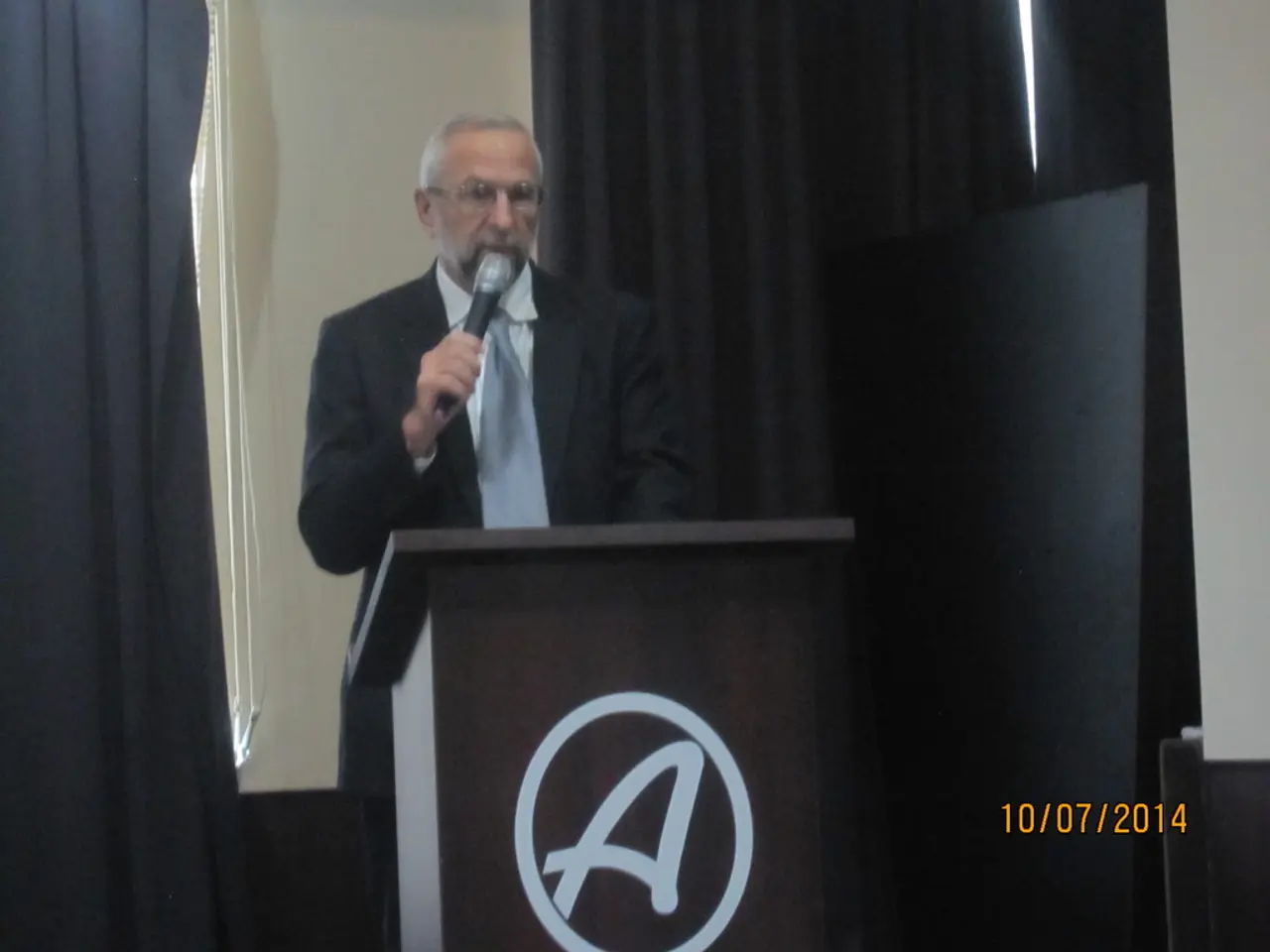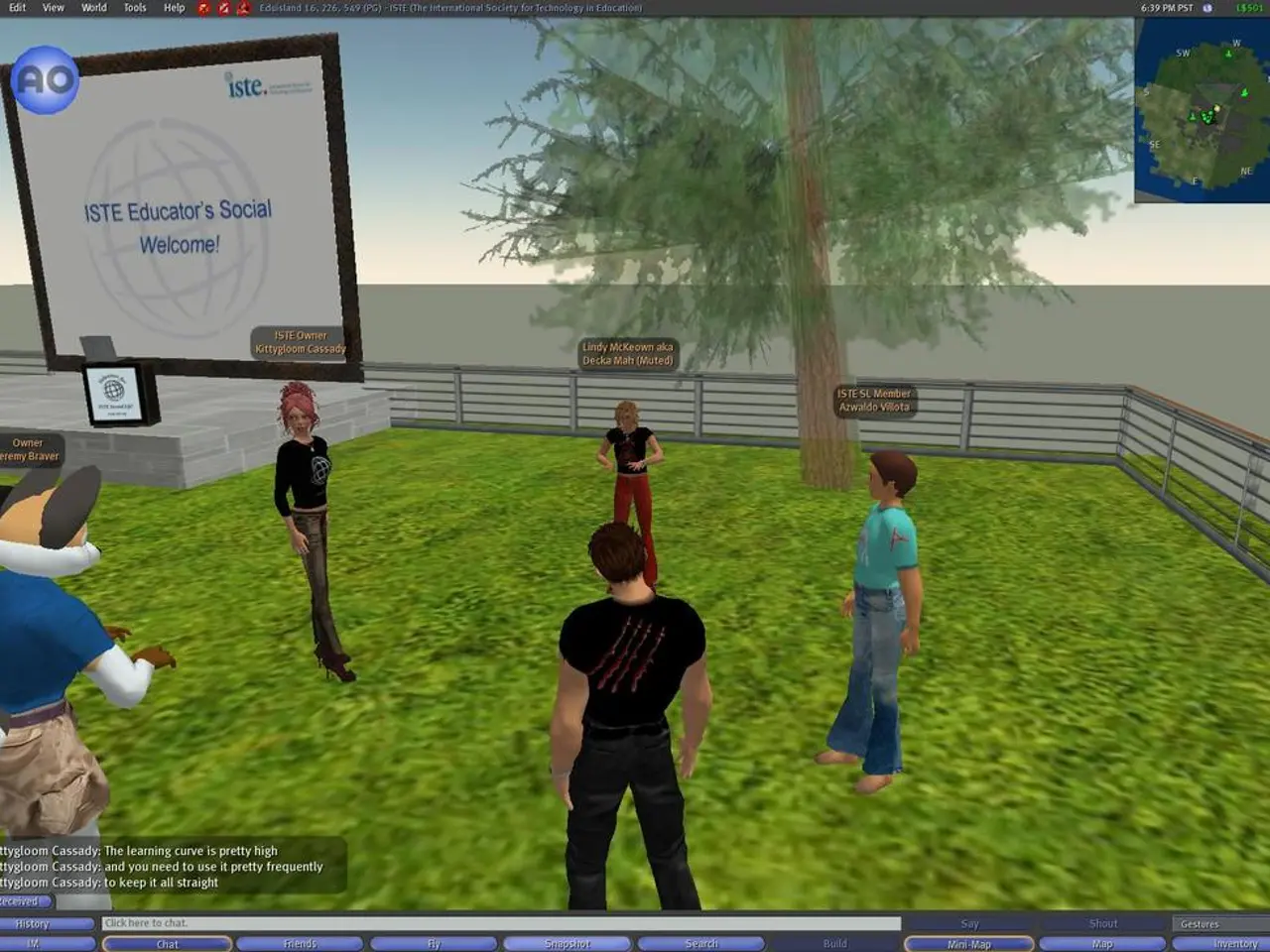Unraveling Thoughts into Audio - Groundbreaking Advancement in Mind-Machine Links
A recent study, published on arXiv, proposes a groundbreaking approach to decode speech from non-invasive brain recordings. This research offers hope for patients with neurological conditions who have lost the ability to speak, potentially restoring their communication abilities.
Techniques Used in Decoding Speech from Brain Signals
The study employs deep learning models to analyze brain signals, specifically Electroencephalography (EEG) and Magnetoencephalography (MEG) recordings, as participants passively listen to speech. The models are trained to predict speech audio representations from brain activity patterns, allowing them to decode speech by matching new brain recordings to the most likely speech representation.
Deep Neural Networks (DNNs) play a crucial role in this process. They are trained to extract features from brain signals and correlate them with speech patterns. DNNs are particularly effective in hierarchical feature extraction, allowing them to capture both simple and complex patterns in brain signals.
Other techniques used include feature extraction and encoding, machine learning algorithms, brain decoders, temporal and spatial encoding. These methods provide a solid foundation for further advances in decoding speech from non-invasive brain signals.
The Study's Approach
The approach typically involves a training phase, where the model is trained on a dataset where brain signals are paired with corresponding speech features. Once trained, the model is used to decode new brain signals into speech.
The model used in this study was trained on public datasets comprising 15,000 hours of speech data from 169 participants. It includes the use of a contrastive loss function, pretrained speech representations from the wav2vec 2.0 model, and a convolutional neural network tailored to each participant's brain data.
Current Accuracy and Future Potential
While the current accuracy of the model is still too low for natural conversations, it demonstrates impressive zero-shot decoding ability on new unseen sentences. For 3-second segments of speech, the model can identify the matching segment from over 1,500 possibilities with up to 73% accuracy for MEG recordings and up to 19% accuracy for EEG recordings.
With rigorous research and responsible development, this technology may one day help restore natural communication abilities to patients suffering from neurological conditions and speech loss. It could potentially revolutionize the way we interact with those who have lost their ability to speak due to brain injuries, strokes, ALS, and other neurological conditions.
Challenges Ahead
However, there are challenges to overcome. EEG and MEG signals are susceptible to interference from muscle movements and other artifacts. Further research on datasets recorded while participants speak or imagine speaking will be needed to ensure models are accurate. Robust algorithms will be needed to isolate the speech-related neural signals.
Restoring speech is a challenging task, with invasive brain-computer interfaces being the only existing solution for typing with thoughts. If successful, non-invasive methods like the one proposed in this study could offer a less intrusive and more accessible solution.
In conclusion, this study represents a significant milestone at the intersection of neuroscience and artificial intelligence. It offers a promising path towards restoring speech for those who have lost it due to neurological conditions. With continued research and development, we may one day see a world where advanced AI gives a voice to the voiceless.
- The study leverages deep learning models, powered by artificial intelligence, to analyze brain signals and decode speech from recordings, showcasing a potential solution for patients with medical-conditions that have impaired their speech abilities, contributing to the field of health-and-wellness.
- As the technology continues to evolve, it may employ techniques such as feature extraction and encoding, machine learning algorithms, and brain decoders, working together to improve the accuracy of speech decoding from non-invasive brain signals, which could significantly contribute to the science of artificial intelligence and revolutionize how we handle medical-conditions affecting speech.




